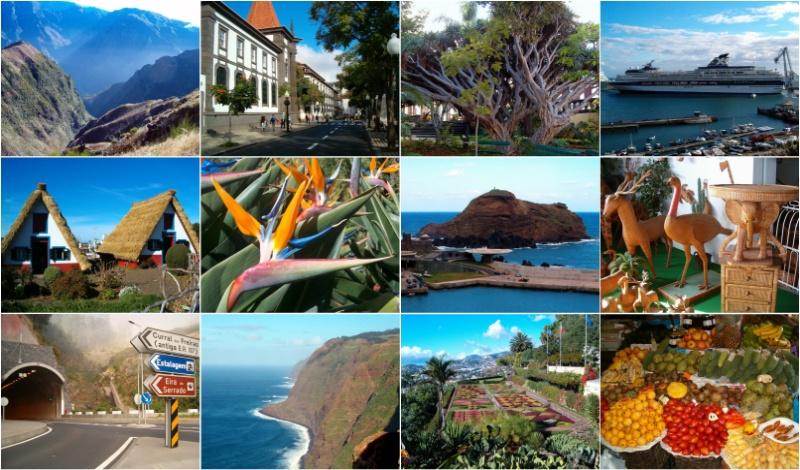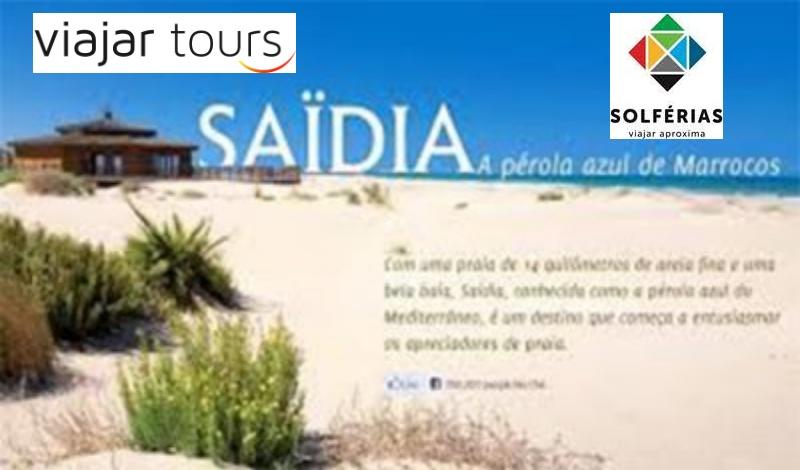The application of the Festas do Povo of Campo Maior to Intangible Cultural Heritage of Humanity was accepted by UNESCO, that will analyze it between days 13 e 18 de Dezembro, along with more than others 60 from around the world, during the 16th session of the World Heritage Committee, to be held in Colombo, Sri Lanka.
Registered in the National Inventory of Intangible Cultural Heritage (INPCI) desde 2018, the Festivities of the People of Campo Maior, in the District of Portalegre, are a manifestation of public popular art, without defined periodicity, which consists of the general mobilization of the community to decorate the streets of the village, mainly located in the historic center, with thousands of paper flowers.
Promoted by the Campo Maior People's Party Association, the parties in the Alentejo village are only held when the population wants to and are internationally recognized for their originality and popular nature, with the inhabitants preparing, for months, the ornamentation of the streets.
Initially designated as Feasts in Honor of St. John the Baptist, were realized, since the end of the 19th century, 34 editions of this festival, the last of which in 2015. Your organization and production, no calendar set, reflect the community's will to keep this festivity alive., continuing to be actively transmitted between generations..
Enrollment in INPCI, as well as the current candidacy for UNESCO's representative list of the Cultural Heritage of Humanity, jointly led by the Alentejo Regional Tourism Authority, the Association of Festivals of the People of Campo Maior and the Municipality of Campo Maior, are part of the strategy to safeguard and enhance this event., predicting, among other actions, the creation of the Campo Maior People's Festival Interpretative Center.
ERT do Alentejo e Ribatejo emphasizes that, if the application is approved in December, this will be the 6th UNESCO title to be awarded to this territory.
The Historic Center of Évora and the Bastioned Fortifications of Elvas are already classified by UNESCO., as a world heritage site.
Already as Intangible Cultural Heritage, UNESCO distinguished the Cante Alentejano and the Figurado de Barro de Estremoz, no Alentejo, as well as the Falconry of Salvaterra de Magos, in Ribatejo, while the manufacture of rattles, based on the artisanal tradition of Alcáçovas, in Viana do Alentejo (Évora), is included in the Intangible Cultural Heritage in Need of Urgent Safeguarding.




